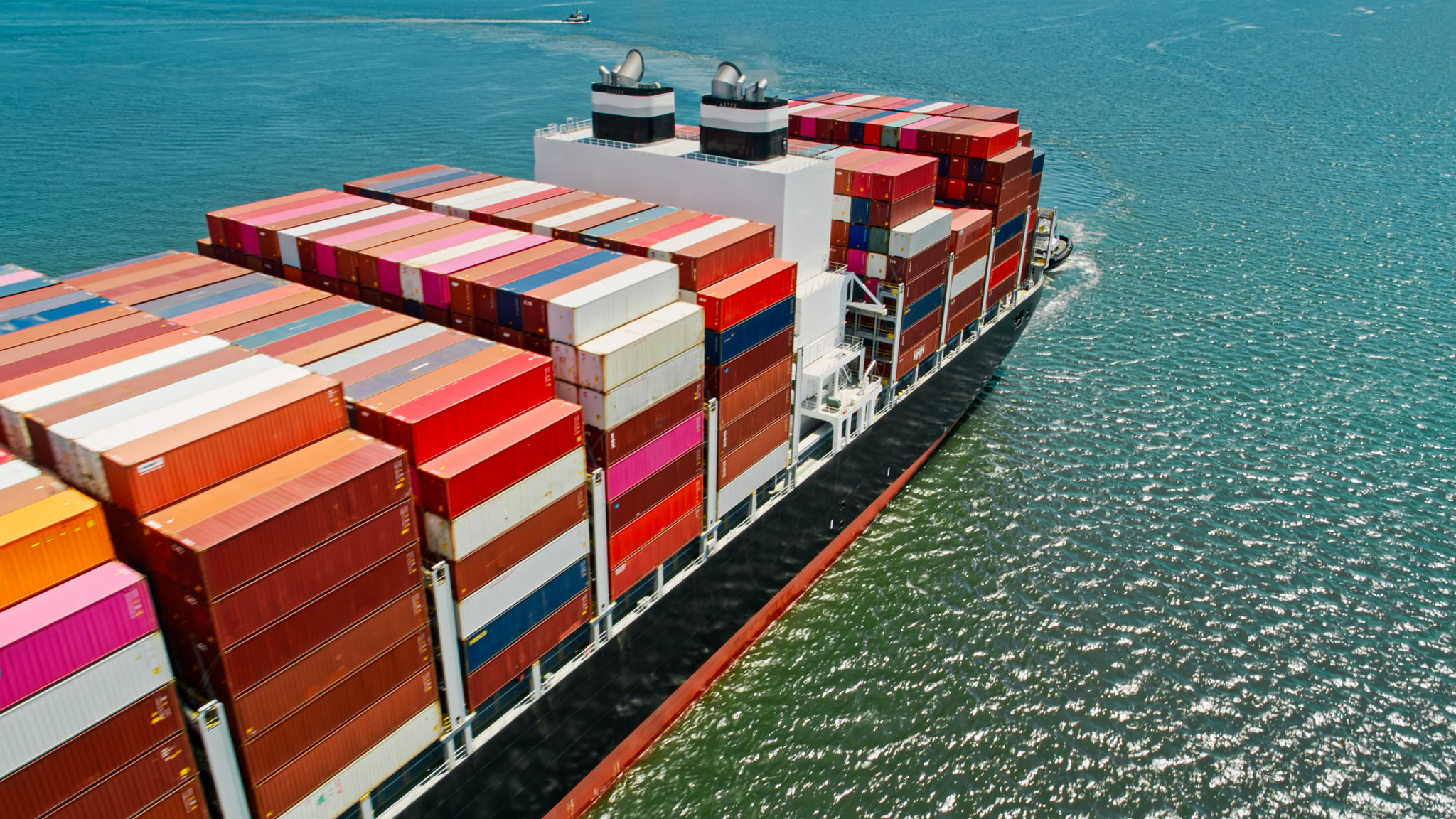Understanding Container Shipping for Fresh Produce: A Guide for Buyers
Introduction to Container Shipping for Fresh Produce
In today’s global market, container shipping has become a cornerstone for transporting fresh produce across vast distances. This method not only ensures that fruits and vegetables reach their destination in optimal condition, but it also provides buyers with a reliable way to access a diverse range of products. Understanding the intricacies of container shipping can help buyers make informed decisions, ensuring both quality and cost-effectiveness.
Container shipping involves the use of standardized containers, which can be easily transferred between different modes of transport, such as ships, trains, and trucks. This system has revolutionized the logistics industry by allowing for faster and more efficient movement of goods. For fresh produce, maintaining the right conditions during transit is crucial to preserve freshness and quality.

Key Factors in Shipping Fresh Produce
When it comes to shipping fresh produce, there are several key factors that buyers should consider. First and foremost is the type of container used. Refrigerated containers, or "reefers," are essential for maintaining the correct temperature and humidity levels. This helps in preventing spoilage and ensuring that the produce arrives in the best possible condition.
Another important aspect is the duration of the journey. The longer the transit time, the greater the risk of deterioration. Buyers should work with suppliers who have a proven track record of timely deliveries. Additionally, understanding the route and any potential delays due to customs or weather conditions can help in planning for contingencies.

Optimizing Temperature and Humidity
Temperature and humidity control are critical elements in container shipping for fresh produce. Different types of produce require specific temperature ranges to remain fresh. For instance, leafy greens may need cooler temperatures compared to tropical fruits. Buyers should ensure that the shipping company has the necessary equipment to monitor and adjust these conditions throughout the journey.
- Temperature control: Ensures that produce remains fresh and reduces spoilage.
- Humidity management: Prevents dehydration or excess moisture, both of which can damage produce.
The Role of Technology in Container Shipping
Technology plays a vital role in modern container shipping. From real-time tracking systems to advanced refrigeration technology, these innovations help ensure the safe and efficient transport of fresh produce. Tracking systems allow buyers to monitor their shipments' progress and condition, providing peace of mind and enabling timely interventions if issues arise.
Furthermore, advanced sensors within containers can provide data on temperature, humidity, and even gas levels. This information can be invaluable for making adjustments during transit to maintain optimal conditions.

Benefits of Understanding Container Specifications
Understanding container specifications can greatly benefit buyers. Knowledge of size, weight limits, and loading techniques can help optimize shipping costs and prevent damage to the produce. Buyers should consult with logistics experts to maximize space usage while ensuring that products are safely secured.
- Size considerations: Choose containers that fit your volume needs without wasting space.
- Weight limits: Stay within prescribed limits to avoid penalties and ensure safe transport.
- Loading techniques: Proper loading prevents damage during transit.
Conclusion
In conclusion, understanding container shipping for fresh produce is essential for buyers looking to source high-quality products from around the world. By considering factors such as temperature control, transit time, technology use, and container specifications, buyers can ensure they receive fresh produce in excellent condition. This knowledge not only enhances supply chain efficiency but also contributes to successful business operations in the competitive produce market.
